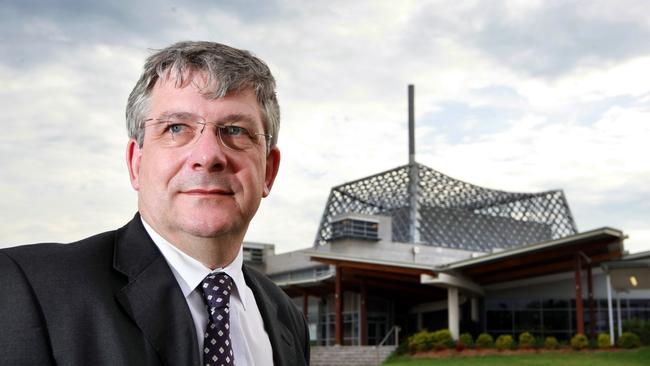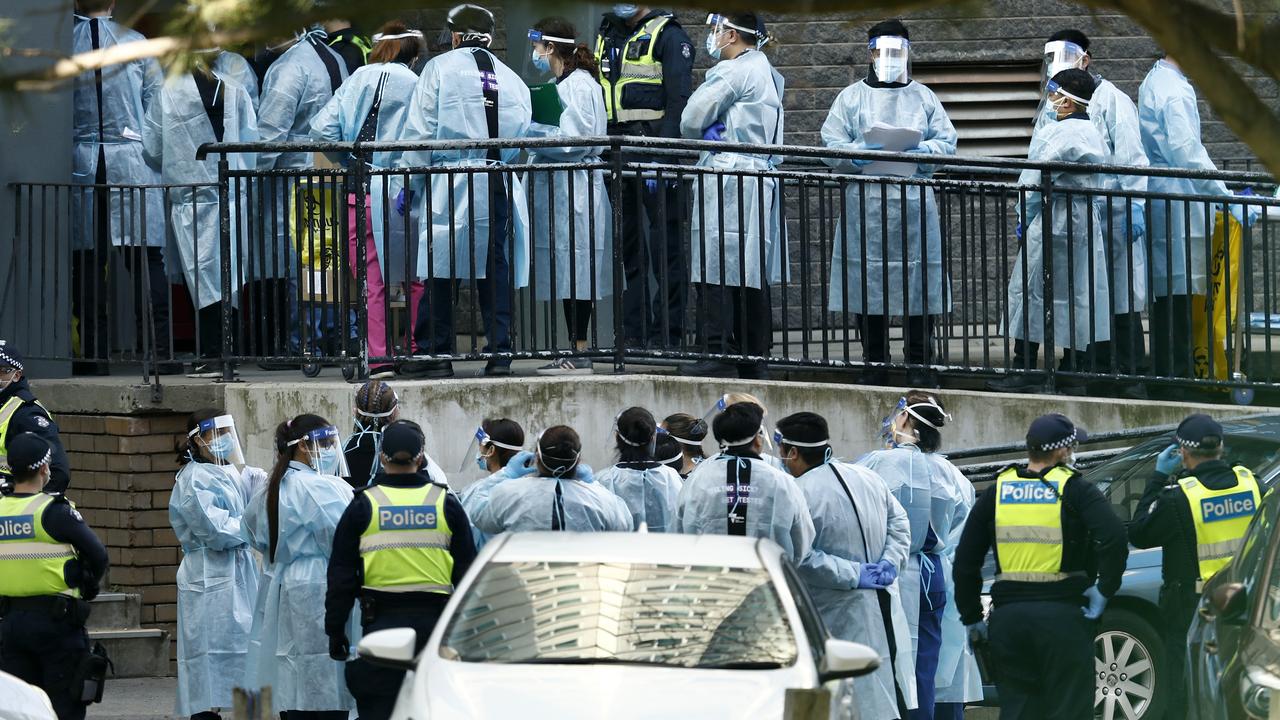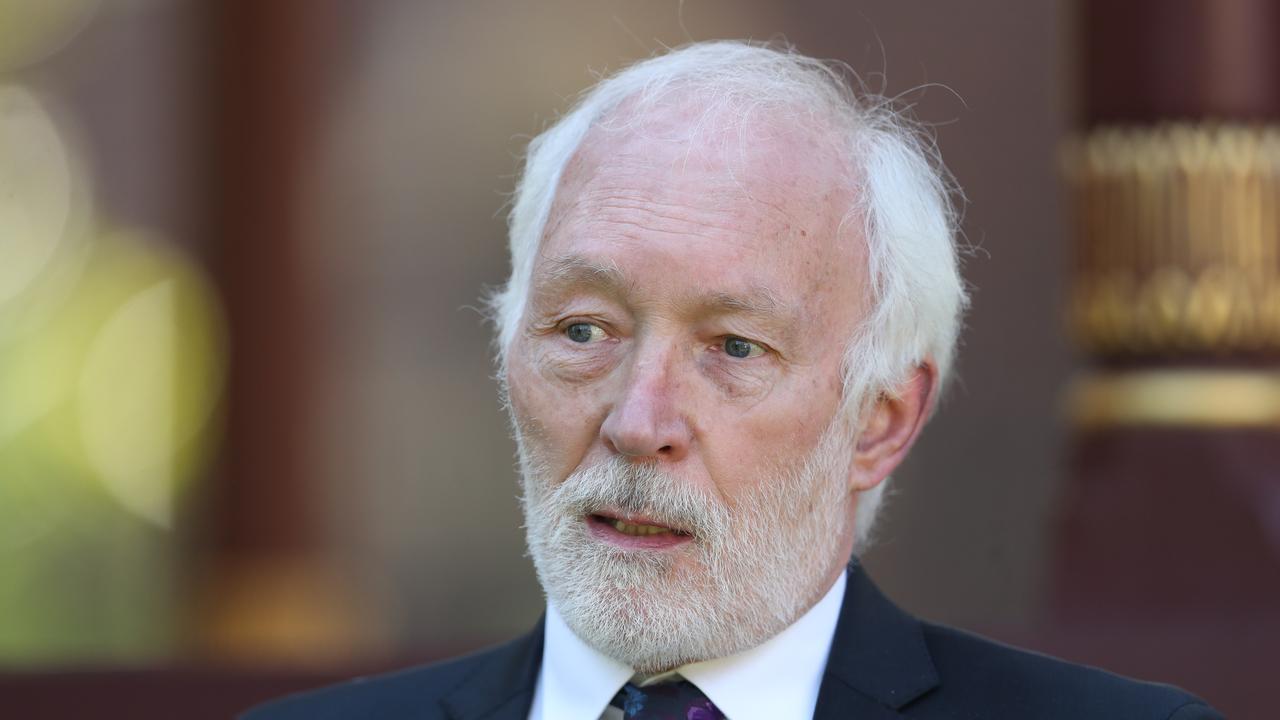Lucas Heights nuclear medical facility ‘unsafe’
There is a “make do and mend” culture at the Australian government’s nuclear medical facility at Lucas Heights.

There is a “make do and mend” culture at the Australian government’s nuclear medical facility at Lucas Heights, which fails modern nuclear safety standards and should be replaced by the government or rebuilt with contributions from the private sector, according to an independent report to be published today.
The report follows a safety failure inside the facility that was deemed the most serious in the world in 2017: in August last year, a nuclear medicine technician’s hands were contaminated through two pairs of gloves at the Lucas Heights facility known as Building 23 or B23, one of 80 run at the site by the federal government’s Australian Nuclear Science and Technology Organisation. The worker dropped a vial while trying to decap it, suffered blisters and is now at a higher risk of cancer.
This was the only safety failure worldwide rated by the International Atomic Energy Agency at or above Level 3 last year.
“It should be noted that Level 3 events are regarded as serious events in the nuclear industry and any additional events at this level may result in loss of confidence in the organisation,” the report published today states.
“It is in the interests of all stakeholders that there is not another such event.”
However within 10 months of the worker’s exposure to radiation, there were three further “near misses” at B23.
ANSTO chief executive Adi Paterson has apologised for the failings. “The fact is we had a staff member who came to work last year who was injured,” Dr Paterson said. “This is confronting, as is the report, the latter of which I consider a watershed moment for Building 23 operations. It’s clear from the incident and this report we have work to do on both accounts, and for that we are sorry.”
B23 was built in the late 1950s and ANSTO has been pushing for a replacement facility for at least three years. The report it publishes today, by an independent expert panel, recommends the federal government either build a replacement for B23 as soon as possible or consider allowing it to be rebuilt with contributions from the private sector. “Federal government budget restrictions have meant that the level of expenditure required would be unlikely to be forthcoming,” the report states.
“This may need a different financial strategy to deal with this issue including … partial funding from the capital market.”
The report finds it is not simply the age of B23 that is problematic: it raises questions about management and policy — it found staff were fearful of disciplinary proceedings, which meant not all near misses were being reported.
The report outlines an example when radioactive material was being transferred in a pot on a trolley to a quality-control testing laboratory. The trolley wheel came off, the pot fell to the floor and radioactive material was released on to the floor. During an investigation, it was found the wheels on that trolley had become loose before, and in one instance, about a week earlier, fell off but none of this had been reported.
“These are important observations and invite numerous ‘why’ questions concerning leadership and policy,” it says. “These questions were not asked. … ANSTO is not making best use of its incident-investigation process.”
B23 assembles, loads, tests and distributes more than 10,000 doses of medicine a week.




To join the conversation, please log in. Don't have an account? Register
Join the conversation, you are commenting as Logout